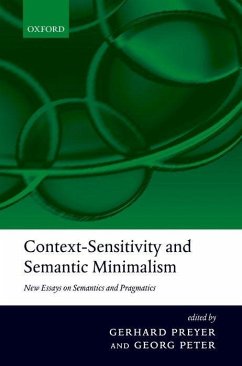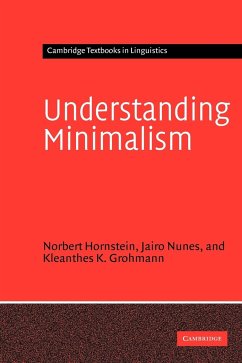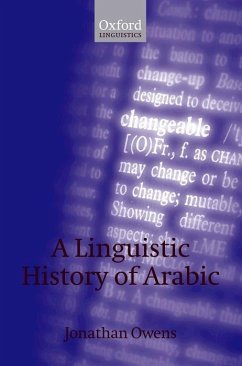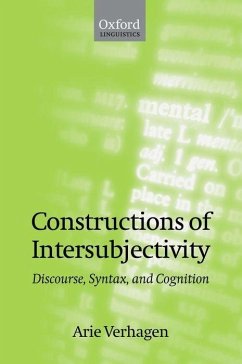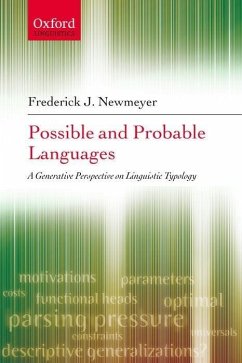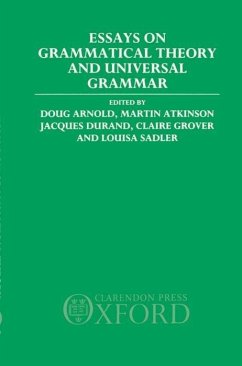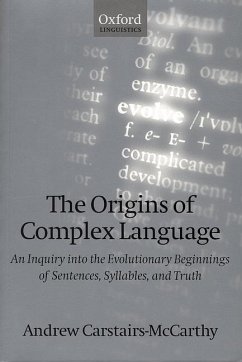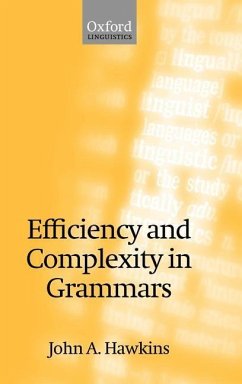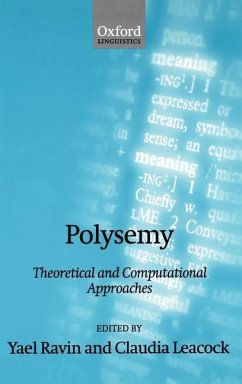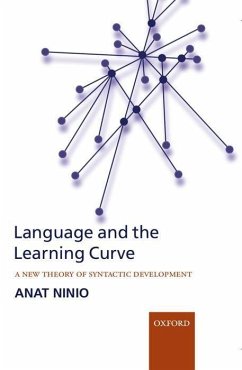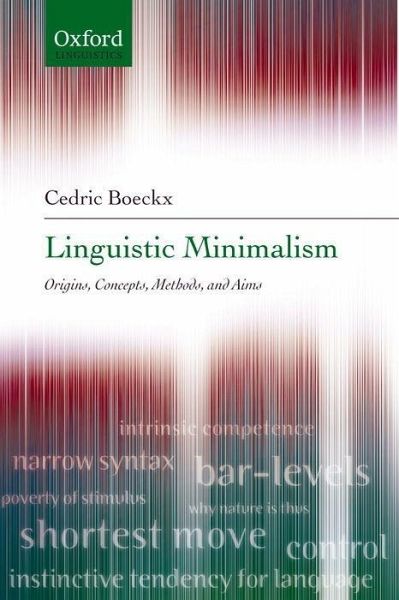
Linguistic Minimalism
Origins, Concepts, Methods, and Aims

PAYBACK Punkte
34 °P sammeln!
This is a self-contained introduction to the Minimalist Program for linguistic theory, the boldest and most radical version of Noam Chomsky's naturalistic approach to language. Cedric Boeckx examines its foundations, explains its underlying philosophy, exemplifies its methods, and considers the significance of its empirical results. He explores the roots and antecedents of the Program and shows how its methodologies parallel those of sciences such as physics and biology. He disentangles and clarifies current debates and issues around the nature of minimalist research in linguistics and shows h...
This is a self-contained introduction to the Minimalist Program for linguistic theory, the boldest and most radical version of Noam Chomsky's naturalistic approach to language. Cedric Boeckx examines its foundations, explains its underlying philosophy, exemplifies its methods, and considers the significance of its empirical results. He explores the roots and antecedents of the Program and shows how its methodologies parallel those of sciences such as physics and biology. He disentangles and clarifies current debates and issues around the nature of minimalist research in linguistics and shows how the aims and ambitions of the Minimalist Program lie at the centre of the enterprise to understand how the human language faculty operates in the mind and is manifested in the world's languages. The book contains a glossary of key concepts, each one illustrated with relevant examples drawn from a variety of languages.



